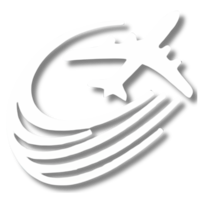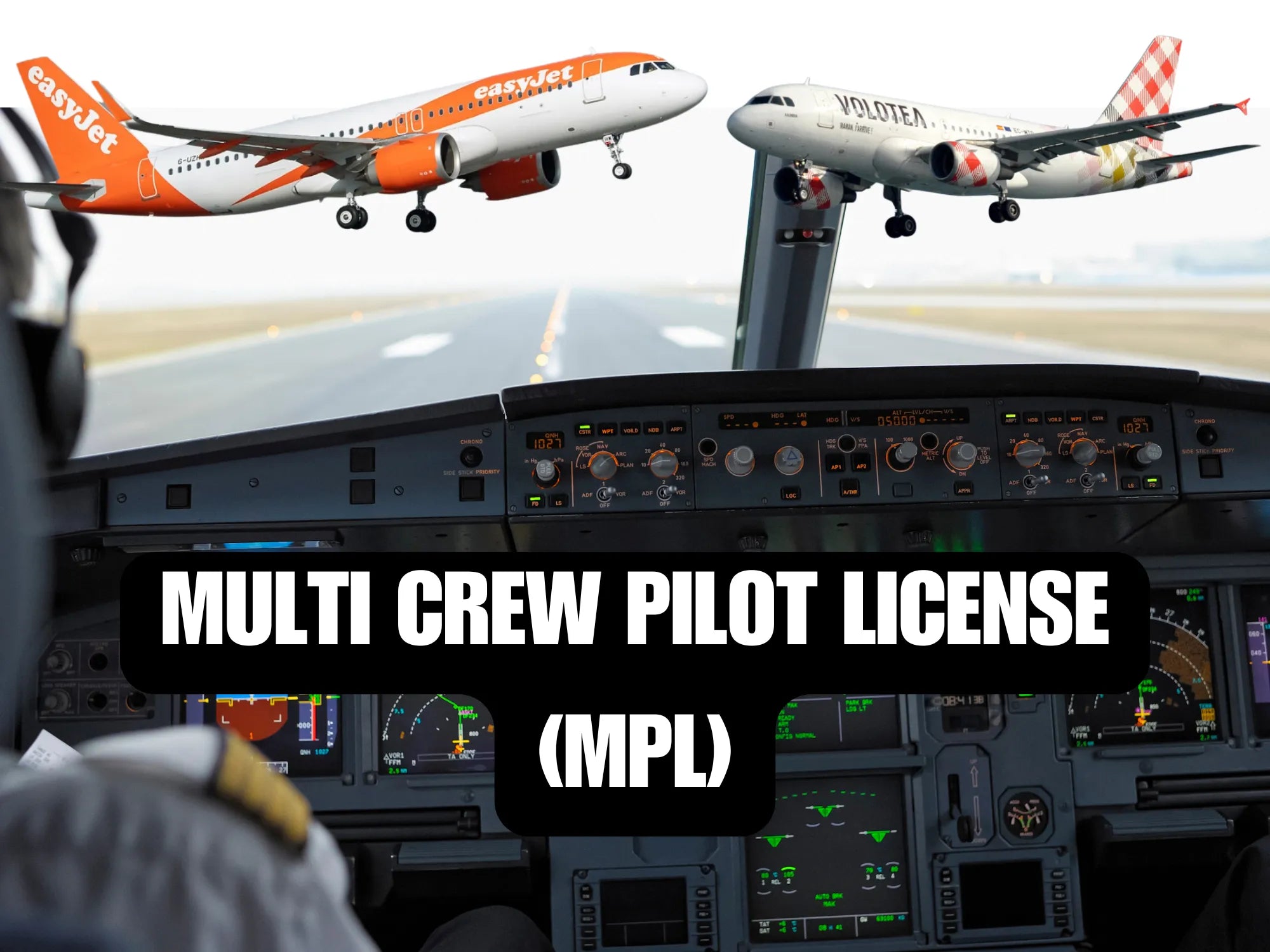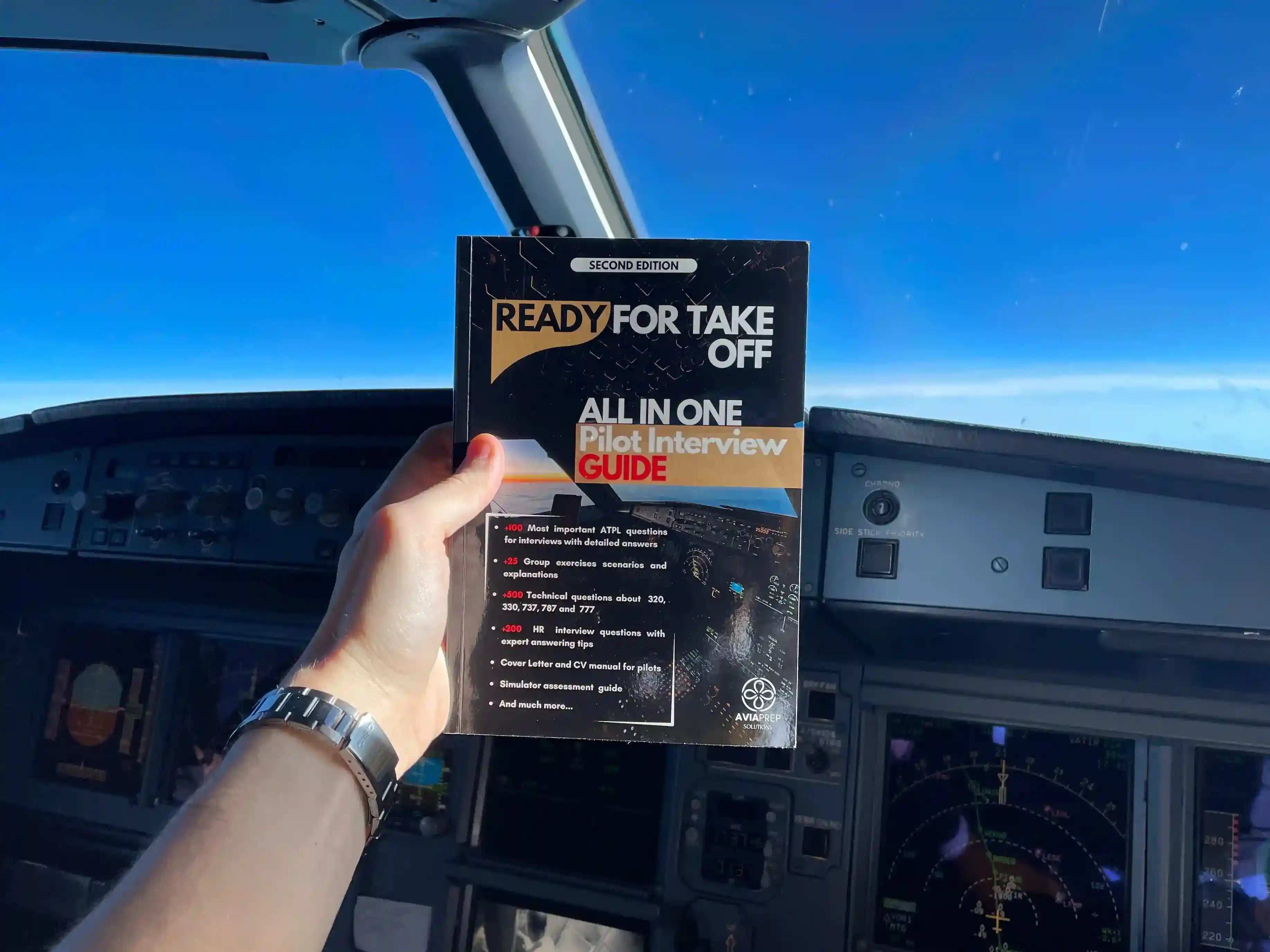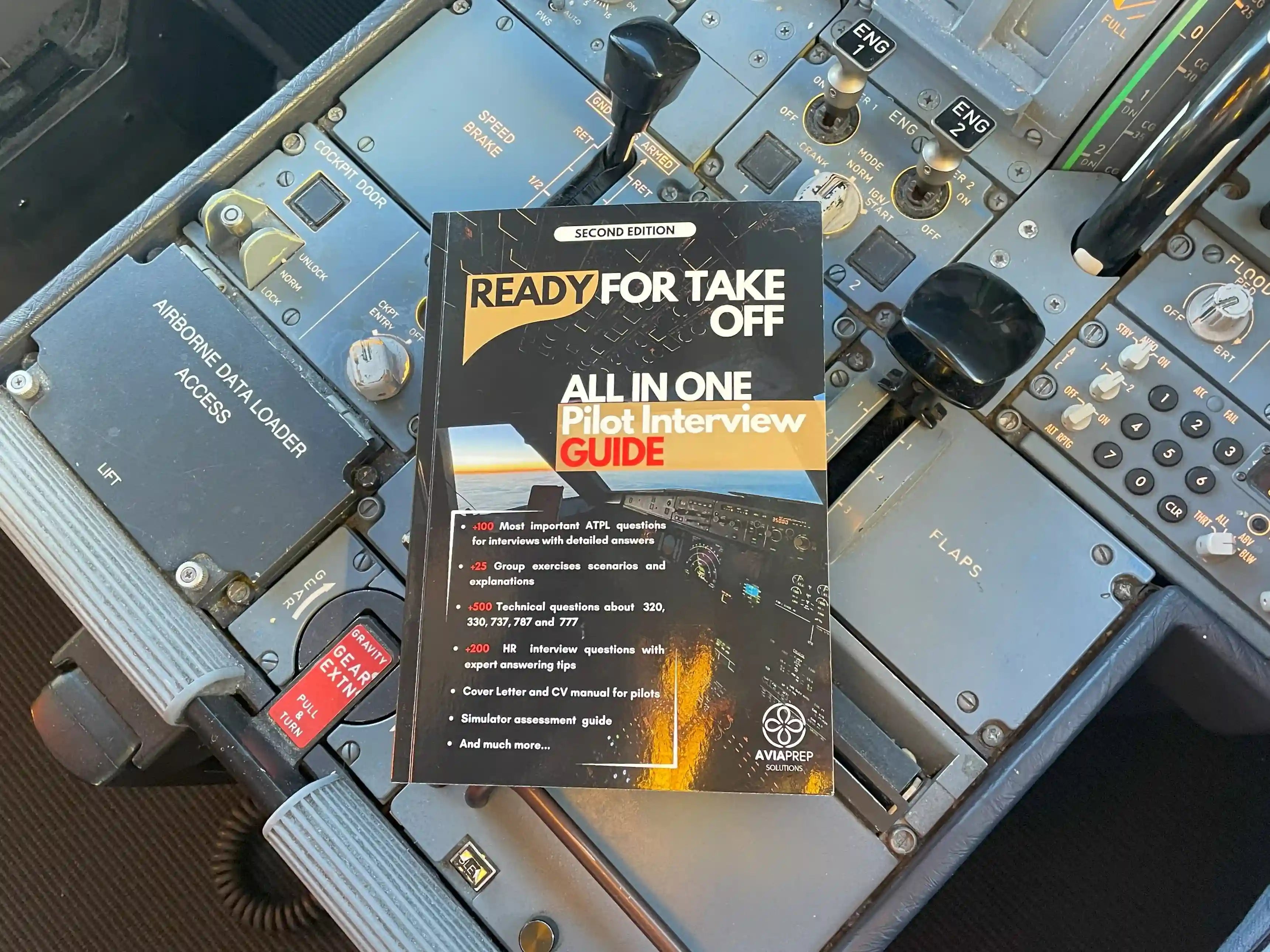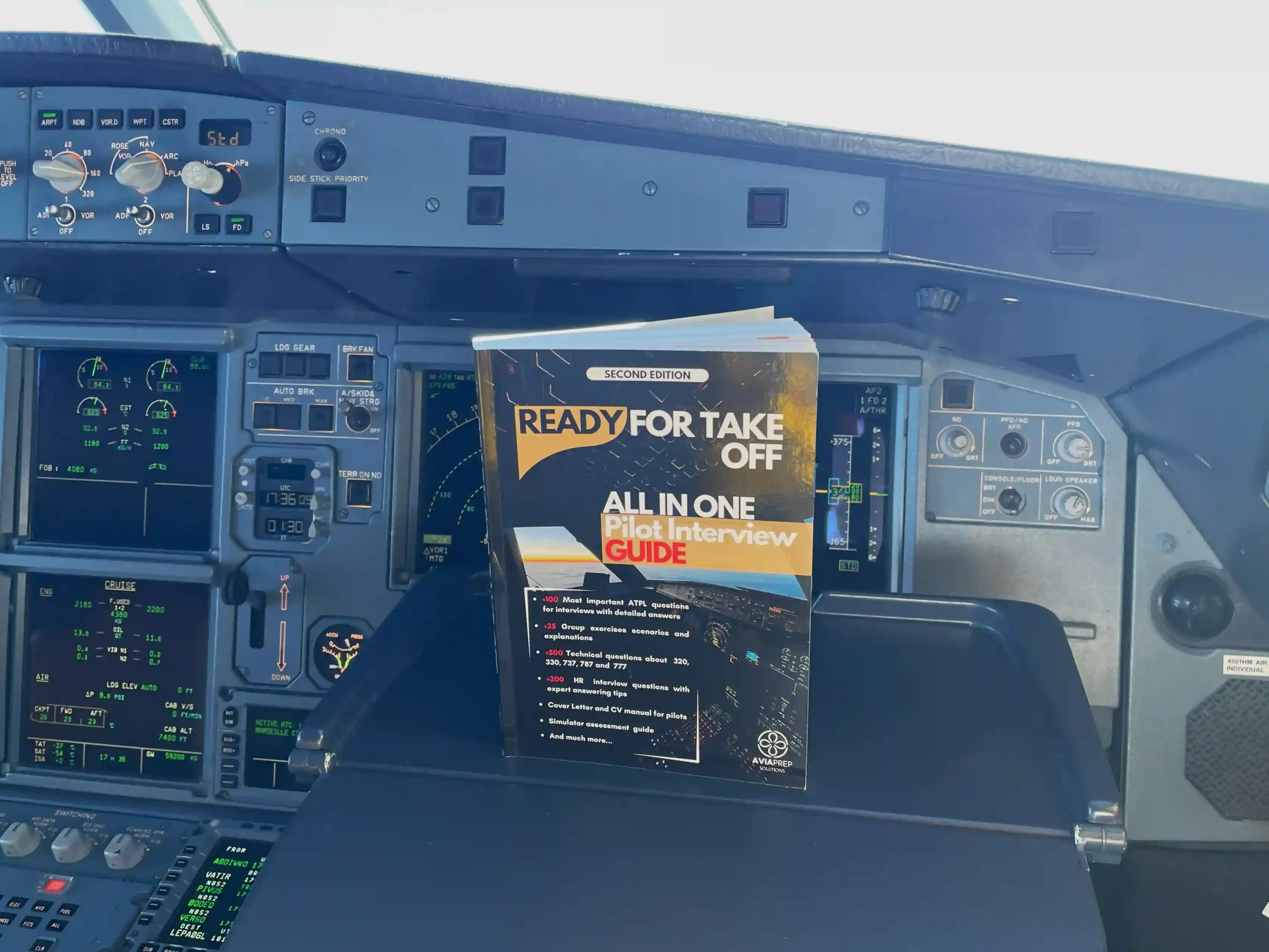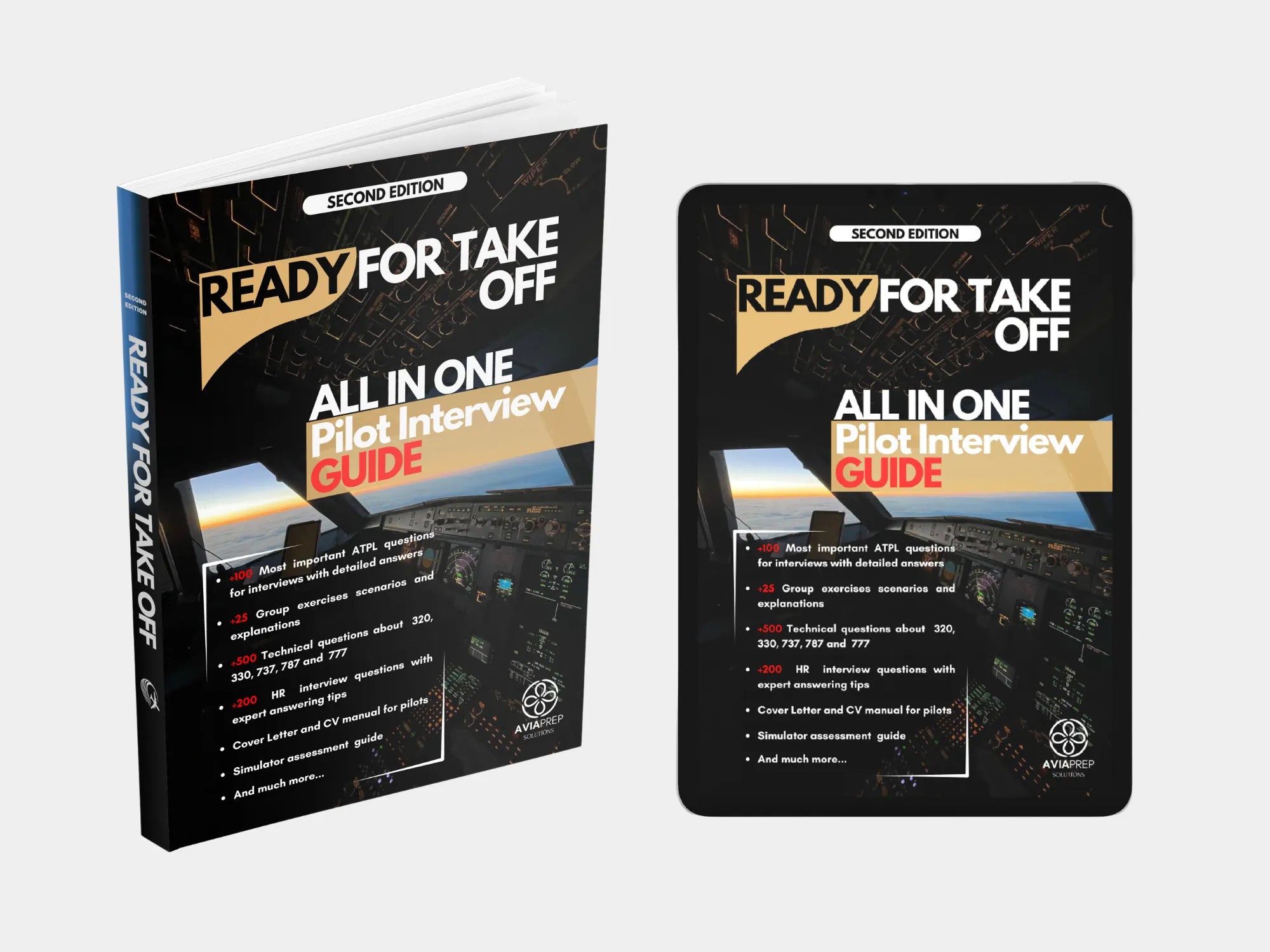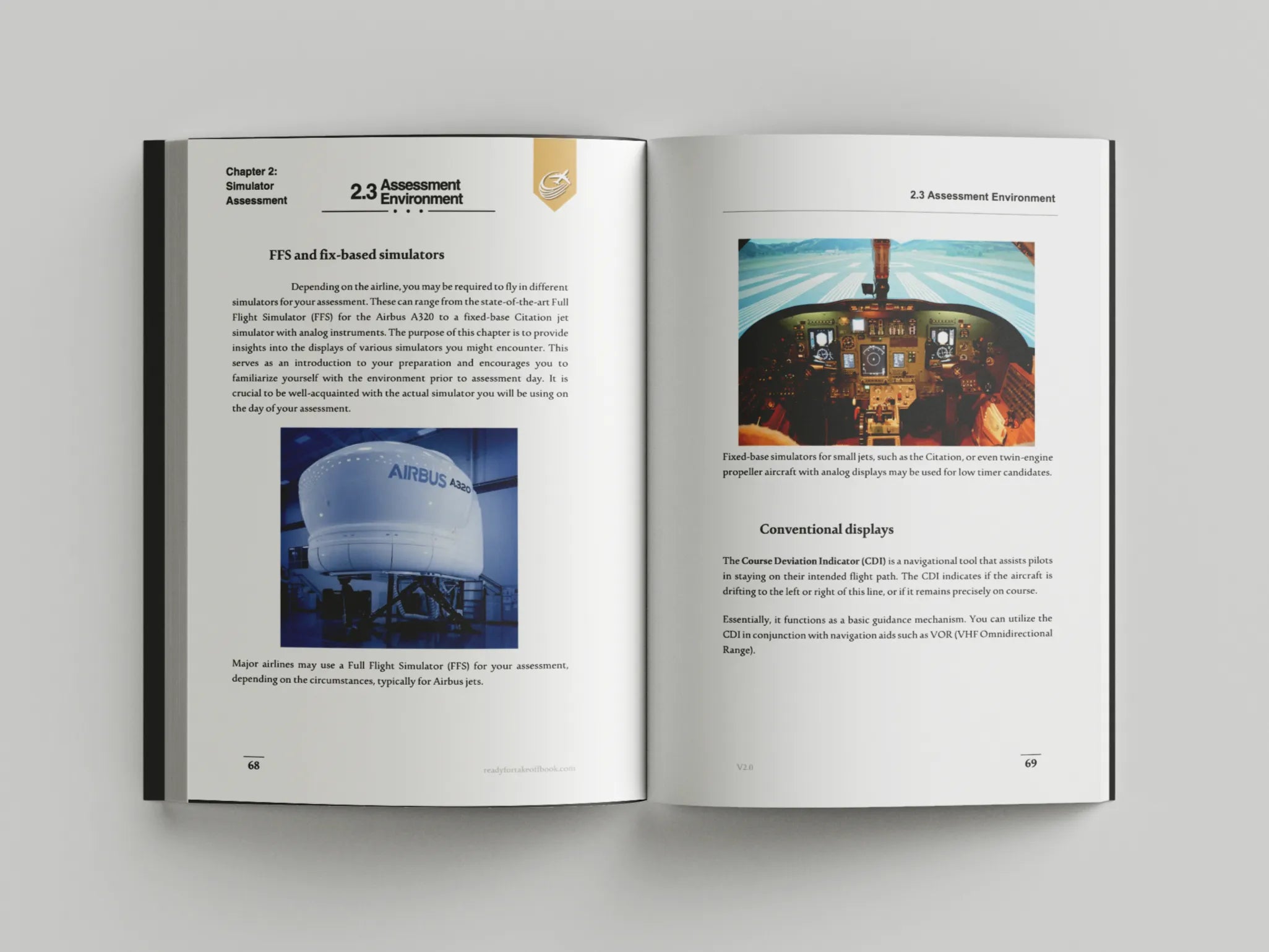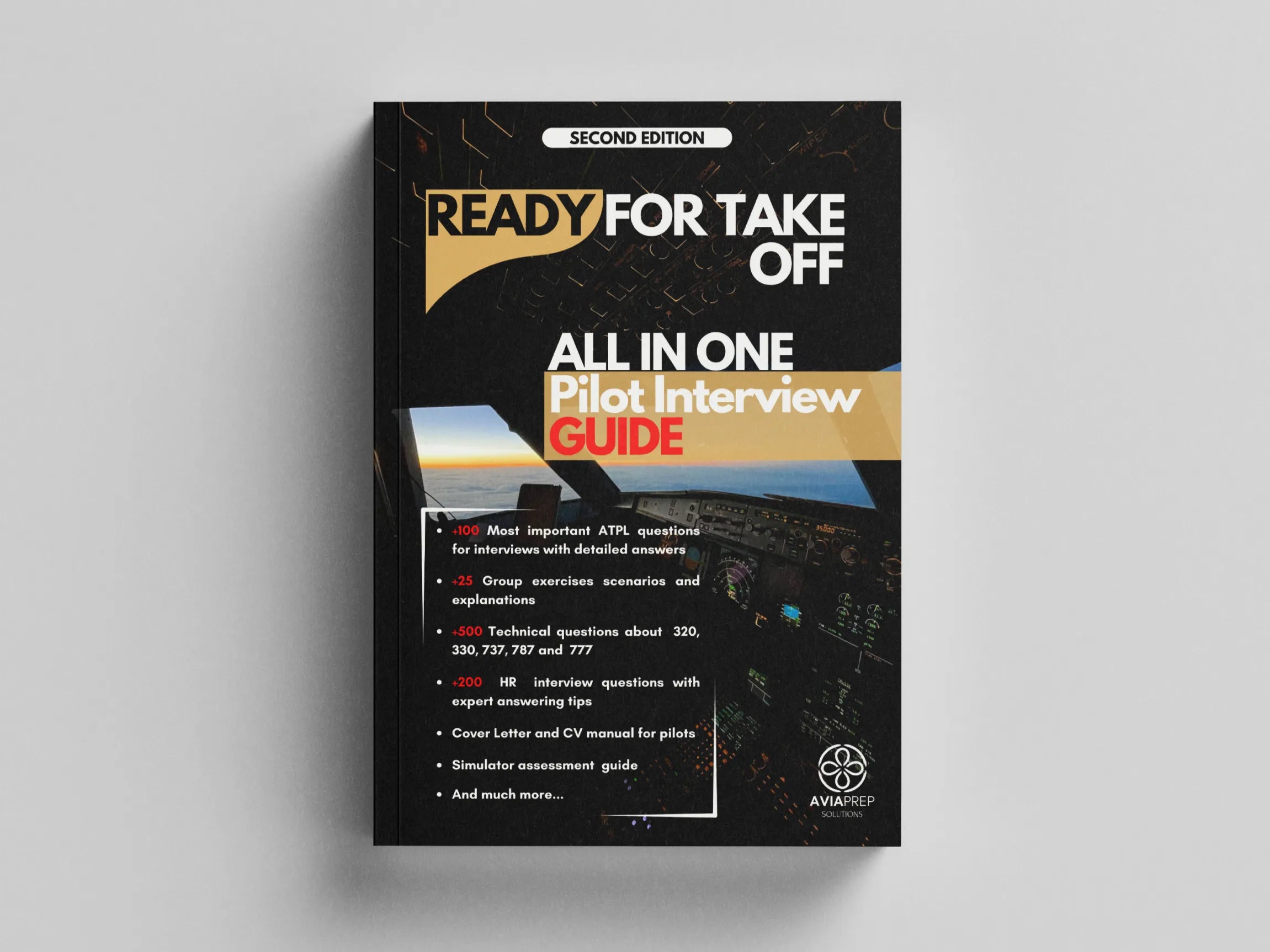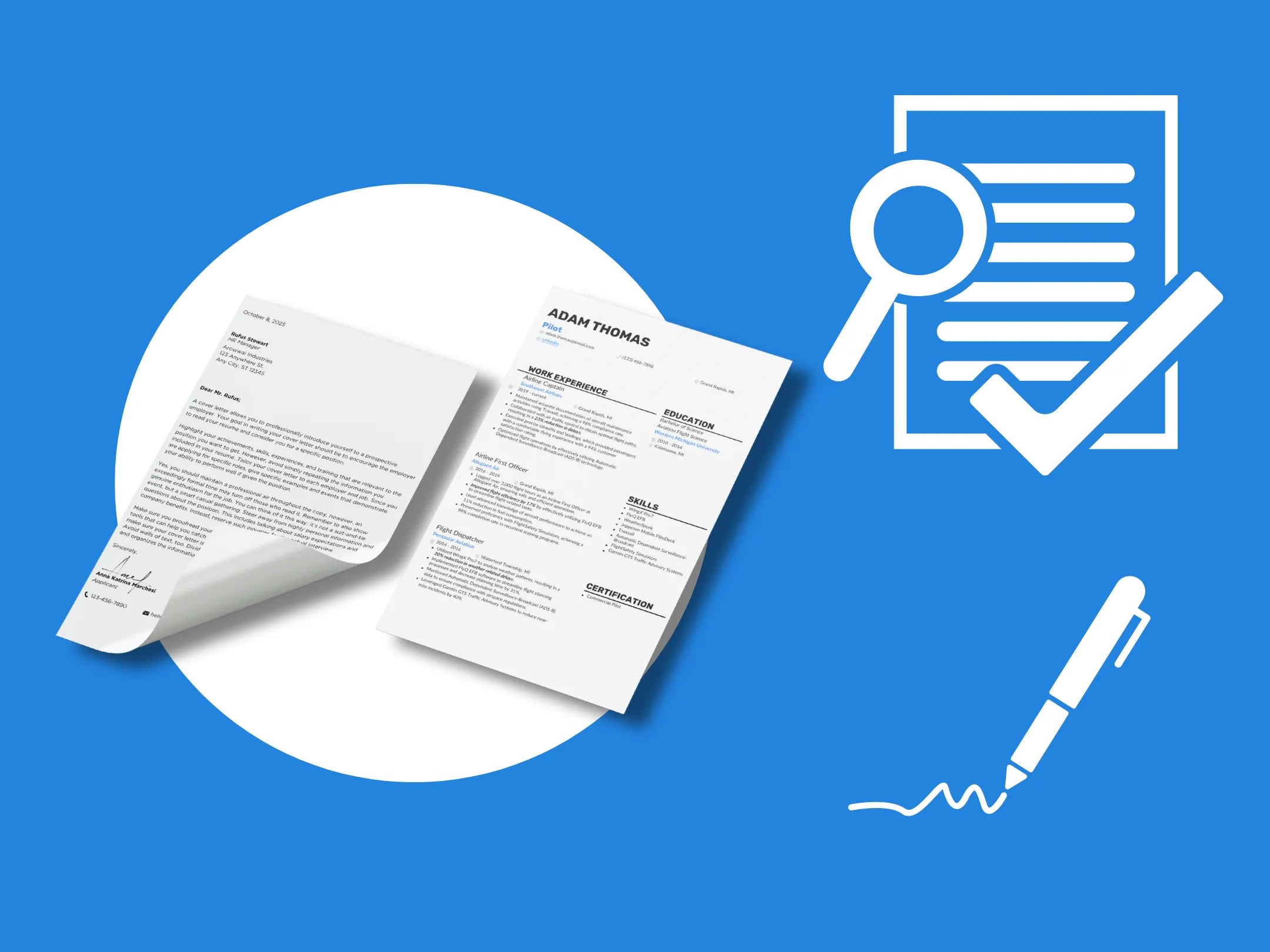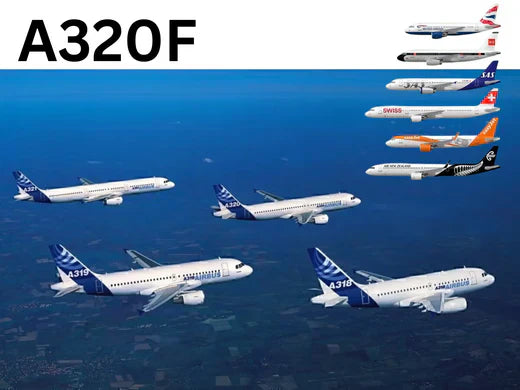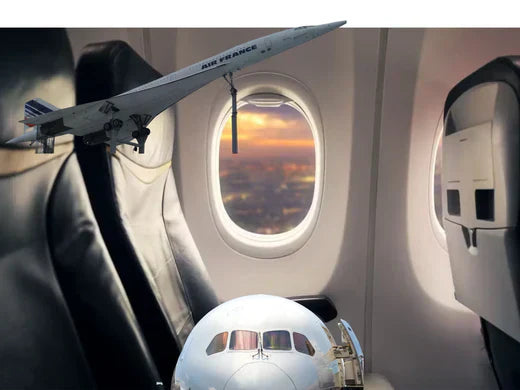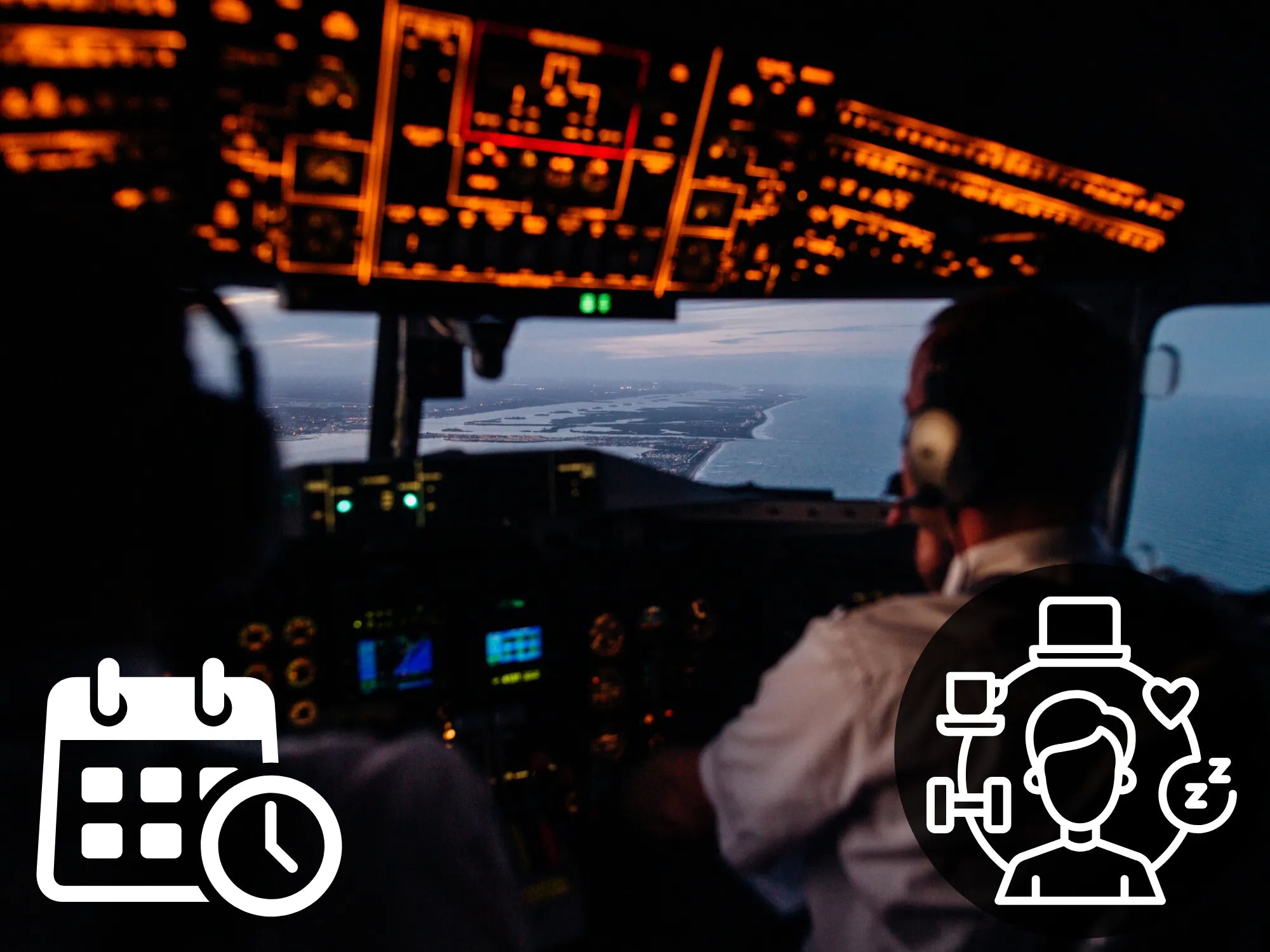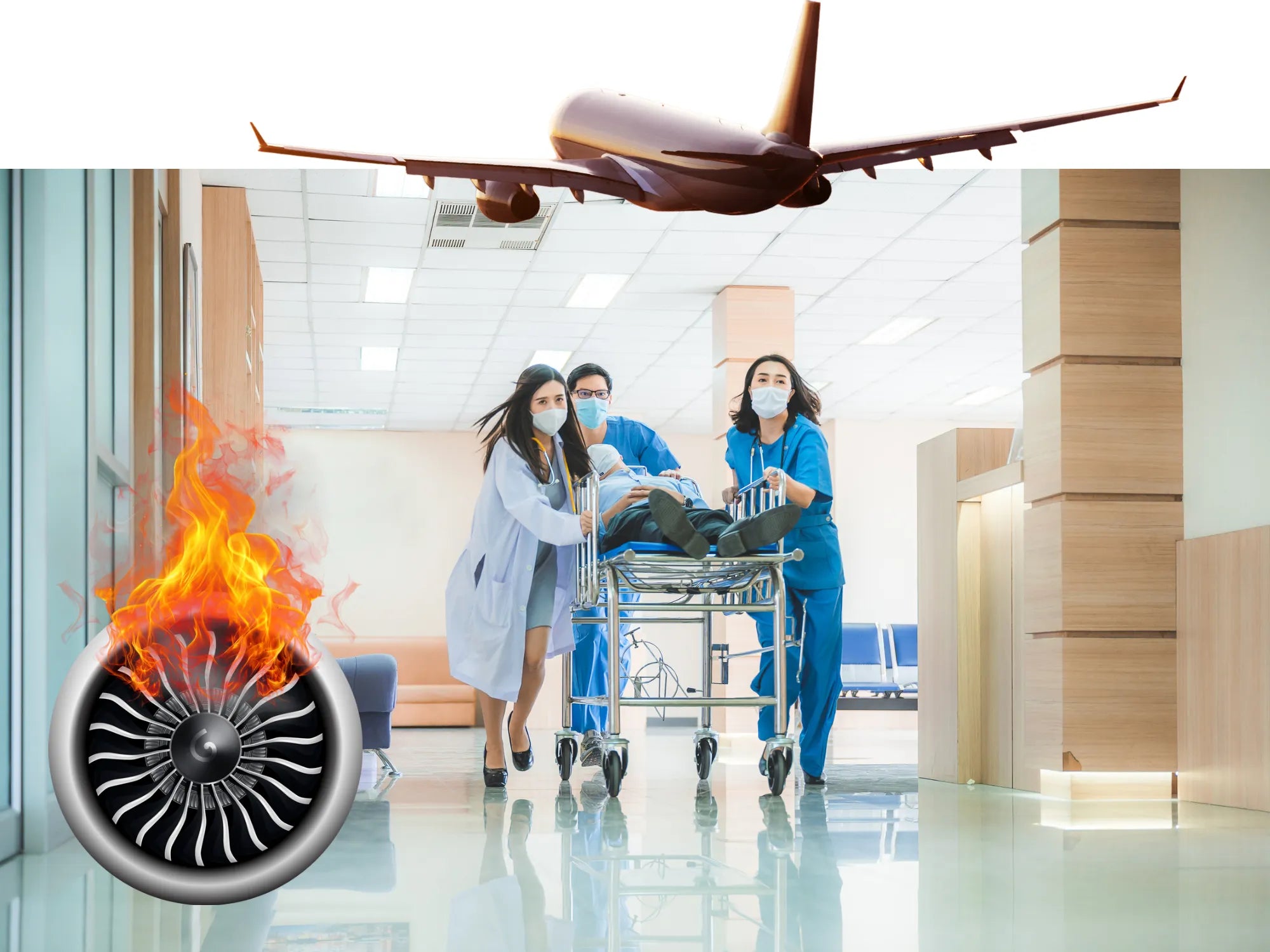Introduction
Pursuing an aviation career as a commercial pilot requires various certifications. The most notable licenses are the Private Pilot License (PPL), the Commercial Pilot License (CPL), the Air Transport Pilot License (ATPL) and the Multi-Crew Pilot License (MPL). The International Civil Aviation Organization (ICAO) adopted the MPL certification in 2006 as a provision of Annex 1, Personnel Licensing. The MPL differs from the typical CPL and PPL licenses
According to ICAO, the license allows holders to perform the duties of a co-pilot in commercial air transportation on a multi-crew aircraft. ICAO mandates that all contracting states recognize the license even though their respective aviation authorities do not offer or issue the certification in their jurisdictions.
What is a multi-crew pilot license?
The Multi-Crew Pilot License (MPL) is a licensing certification issued to student pilots willing to pursue a career in commercial aviation. The license allows holders to act as a co-pilot in an airplane requiring more than one pilot to operate a commercial flight. The Multi-Crew Pilot Licence does not have the privileges of a private pilot license as a CPL does.
The license is strictly issued for commercial purposes, and holders cannot fly for recreational reasons. The MPL certification does not also include instrument rating privileges for multi-pilot operations. The certification is based on competency training through modern technology such as simulators equipping learners with skills such as emergency handling protocols.
Requirements for an MPL license certification
The minimum age for pursuing a multi-crew pilot license is 18 years. Applicants must also hold a class 1 medical certificate. The certification also mandates that applicants complete a theoretical training course and flight instruction at an approved training organization (ATO). The training will also involve an examination test that applicants should pass to demonstrate the same level of theoretical knowledge as an ATPL holder and of a multi-pilot type rating.
Controversies behind the MPL certification
Although deemed the competency training certification, MPL has sparked a wave of controversies in the aviation industry since it was introduced. The course is offered in one continuous course with a training institution in agreement with an airline. The initial risk of pursuing an MPL was that the airline could declare bankruptcy or withdraw its job offer. If this occurred, the license could not be used, and the student pilot might require additional training. However, this changed in 2010 when the license was no longer tied to a specific airline. As a result, MPL holders could transfer between airlines in the same way as CPL+IR+ME graduates. Nevertheless, the issue persists if the airline bankrupts or withdraws its job offer during training. In such cases, the trainee might have to redo all or part of their training with another program or school.
The training specificities
The training is based on the use of simulators instead of actual planes for training, lowering fuel costs, reducing CO2 emissions, noise and air traffic. The European Cockpit Association (ECA) criticized the MPL training for its over-reliance on simulator training. In 2013, the association emphasized that the MPL training program had less flying time in an actual aircraft and limited solo flying. In other words, the association criticized the course for having less exposure to the actual flying environment.
FAQs
1.What is the Multi-Crew Pilot License (MPL)?
The MPL is a pilot certification that was developed by the ICAO in 2006 as a new pilot training model. MPL equips student pilots and trainees with the necessary skills to work as a co-pilot or captain in multi-crew commercial aircraft operators. The course emphasizes company flying skills and multi-crew operation skills.
2.What does MPL training involve?
MPL training involves threat and error management (TEM), teamwork and communication training programs, and automated systems management. The training is conducted primarily in advanced flight simulators, providing exposure to real-life airline operations and emergency scenarios.
3.What are the advantages of obtaining an MPL?
The MPL training program is shorter compared to traditional pilot training courses. The course focuses on airline-specific skills and capitalizes on the uses of advanced simulators to cut training costs, conserve the environment, and reduce noise pollution. The course also instills pilots with critical skills in risk management, situational awareness, and decision-making.
4.Are there any limitations to MPL training?
MPL training has its limitations despite bearing a number of advantages. It involves less real-flight experience since the majority of the course is done on flight simulators. The source is airline-specific and focuses more on automated systems than manual flying. This can make career flexibility more challenging for pilots wishing to transition to other aviation sectors.
4.Who should consider pursuing an MPL?
MPL is a suitable course for aspiring commercial airline pilots. Candidates considering commercial piloting as a career through MPL should be quick learners, flexible with emerging technology, and meet the required health standards equivalent to a Class 1 medical certificate.
